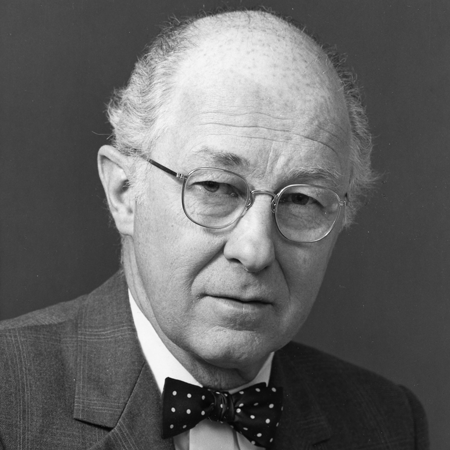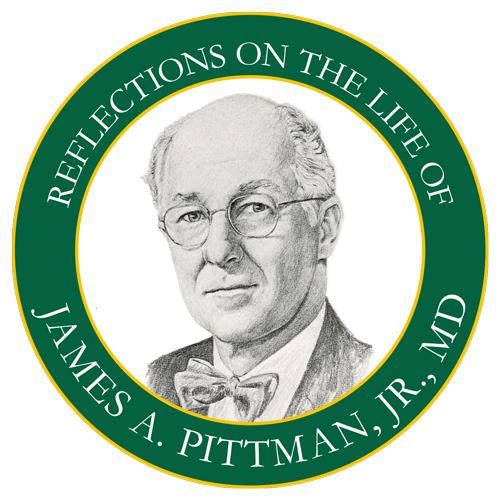 My relationship with Jim Pittman began in 1961 when I received a fellowship in endocrinology with him after my junior year at the Medical College of Alabama. Jim and his wife, Connie, lived in a small house rented from Southside Baptist Church. When the church organ played, their small house vibrated. The location of their home – within walking distance of the medical center -- showed how frugal Jim Pittman was. I was often invited to eat supper with them; the meal was always Chinese and I was encouraged to eat with chopsticks. Connie and Jim had no trouble eating very skillfully with them, but I unfortunately never mastered the art.
My relationship with Jim Pittman began in 1961 when I received a fellowship in endocrinology with him after my junior year at the Medical College of Alabama. Jim and his wife, Connie, lived in a small house rented from Southside Baptist Church. When the church organ played, their small house vibrated. The location of their home – within walking distance of the medical center -- showed how frugal Jim Pittman was. I was often invited to eat supper with them; the meal was always Chinese and I was encouraged to eat with chopsticks. Connie and Jim had no trouble eating very skillfully with them, but I unfortunately never mastered the art.
I had the pleasure of meeting Jim’s mother once; she was very neatly dressed, quiet and a religious lady. Her husband, who had a successful lumber yard in Orlando, was an outspoken conservative who considered Franklin D. Roosevelt a communist. He also railed against income tax.
Jim very quietly integrated his lab and promoted African-Americans on his staff. Interestingly, the dining facility at the VA for staff and visitors was integrated, while the dining facility at the University Hospital was segregated.
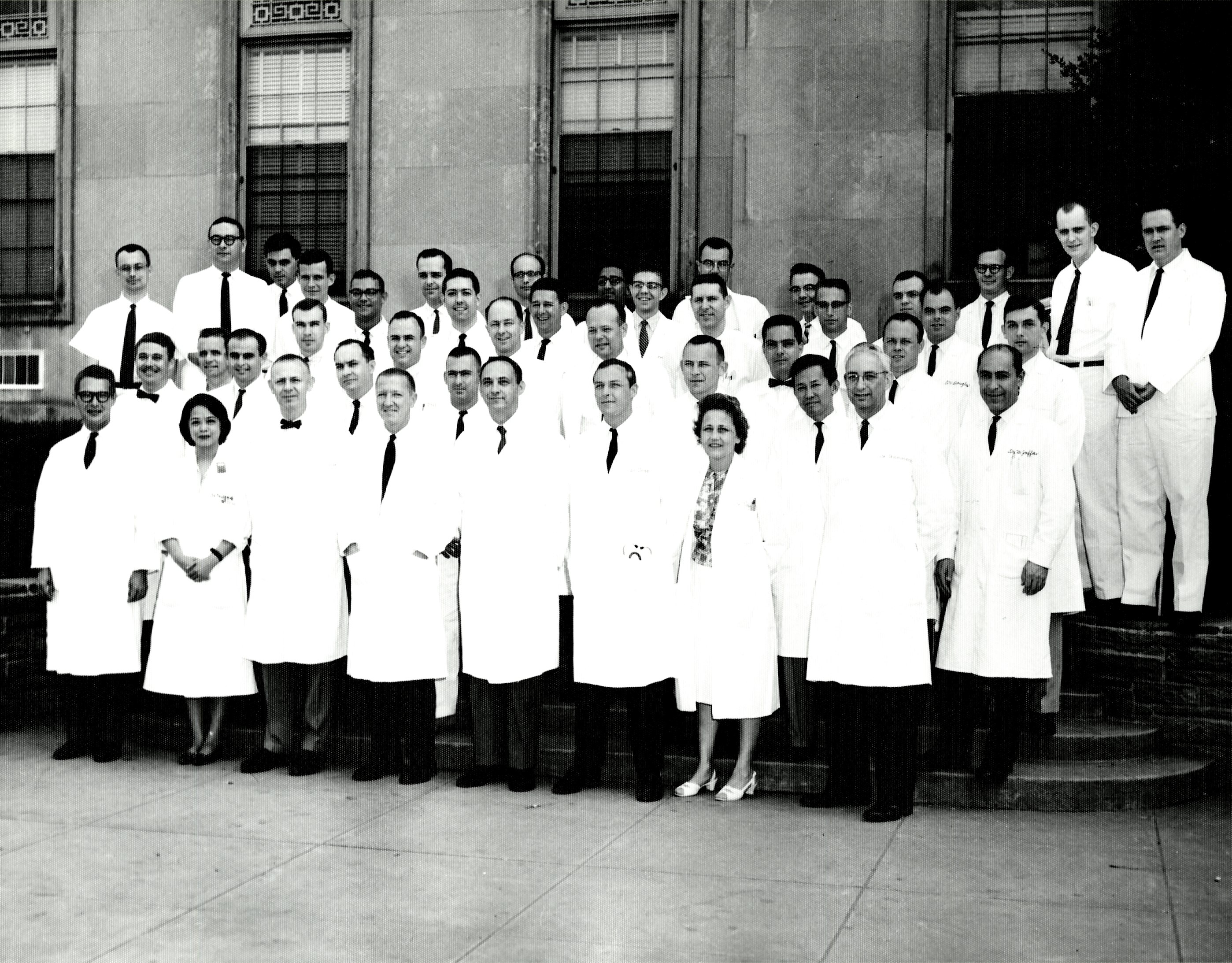 UAB Endocrine Division, early 1960sAs their family grew, Jim and Connie and their two boys moved into a large house on the top of Shades Mountain, overlooking Shades Valley. The house was sold to them by real estate developer Sidney Smyer, who played a key role in negotiating on behalf of the business community during the Civil Rights era in Birmingham. In doing so, Sidney gave his endorsement to them as an interracial couple at a time when Birmingham was experiencing significant turmoil.
UAB Endocrine Division, early 1960sAs their family grew, Jim and Connie and their two boys moved into a large house on the top of Shades Mountain, overlooking Shades Valley. The house was sold to them by real estate developer Sidney Smyer, who played a key role in negotiating on behalf of the business community during the Civil Rights era in Birmingham. In doing so, Sidney gave his endorsement to them as an interracial couple at a time when Birmingham was experiencing significant turmoil.
Jim challenged me once to swim the length of his swimming pool under water. I accepted the challenge, but it was difficult for me to achieve, yet easy for him. He then proceeded to demonstrate that he could swim the length of his pool five times straight before coming up for air.
Having a keen interest in the effects of the I-131 on the thyroid, Jim and I, during my fellowship, went to Oak Ridge National Lab to see the facility where I-131 was made. During my fellowship, we standardized the response to thyroid stimulating hormone with regard to radioactive iodine uptake by the thyroid and thyroid hormone blood levels. These studies were published and one figure was incorporated in the standard endocrine textbook.
Although Jim was disappointed that I chose Duke University for my residency and internship rather than a Boston hospital, we stayed in touch. On a trip home to Birmingham, he showed me a patient that he thought was euthyroid clinically, but in whom Dr. Tinsley Harrison had made the correct diagnosis of hyperthyroidism based on the patient’s cardiac impulse. Jim had always offered advice and encouragement and he was instrumental in my returning to Birmingham as a faculty member.
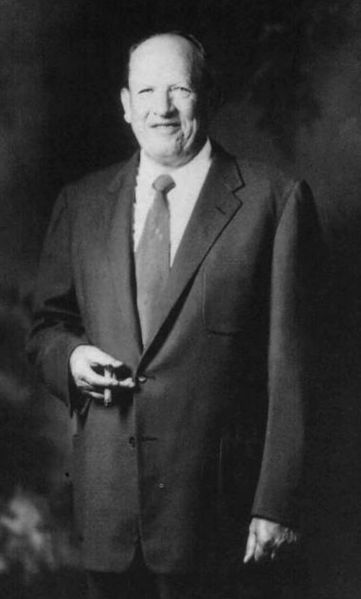 Birmingham real estate leader Sidney SmyerJim continued to make suggestions during my career concerning my research and who I should or should not be working with, for which I was very grateful. He had very strong opinions about certain faculty members and did not readily change his mind. In 1963, Jim gave me a book on the thyroid, which he had written and that I truly prized. I continue to find that it contains much information to which I refer from time to time.
Birmingham real estate leader Sidney SmyerJim continued to make suggestions during my career concerning my research and who I should or should not be working with, for which I was very grateful. He had very strong opinions about certain faculty members and did not readily change his mind. In 1963, Jim gave me a book on the thyroid, which he had written and that I truly prized. I continue to find that it contains much information to which I refer from time to time.
When Jim became dean of medicine, he changed the rules for promotion and tenure to require two letters of recommendation from prominent faculty members outside of UAB. I had been recommended by the Division Director and Department of Medicine Chairman for promotion to Associate Professor of Medicine, which was a tenured position. I was very upset by the new ruling, but fortunately, I received the letters and waited a year to get promoted. When I retired from UAB and went into private practice, Jim helped me get a license to treat hyperthyroidism and thyroid cancer with radioactive iodine.
In summary, I found Jim Pittman to be very loyal to those who worked with him and in whom he believed. He was idealistic and strongly believed in social justice. However, he could be stubborn to a fault, self-centered and sometimes petulant. Finally, let me say Jim could and was often understanding and kind, as when he knew of my deep concern, and called me to tell me that he was signing a letter accepting my son into medical school at UAB.
The Jim Pittman I knew and highly respected as a friend, as a researcher, as a dean, as a professional, and as a husband and father, was a tremendous contributor and asset to the world of medicine, and a wonderful and true friend to his friends and to his family. I feel extremely blessed to have known him and to have been a recipient of his encouragement, guidance and direction in my medical career.
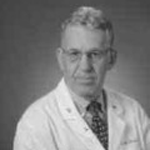 Huey Green McDaniel, MD, a member of the Diagnostic Medical Group in Mobile, served on the UAB faculty from 1970-1999 and is Colonel, MC, U.S. Army Reserve (Retired). He received his MD degree in 1963 from the Medical College of Alabama, which later became the School of Medicine at UAB, and completed internship, internal medicine residency and endocrinology fellowship at Duke University.
Huey Green McDaniel, MD, a member of the Diagnostic Medical Group in Mobile, served on the UAB faculty from 1970-1999 and is Colonel, MC, U.S. Army Reserve (Retired). He received his MD degree in 1963 from the Medical College of Alabama, which later became the School of Medicine at UAB, and completed internship, internal medicine residency and endocrinology fellowship at Duke University.